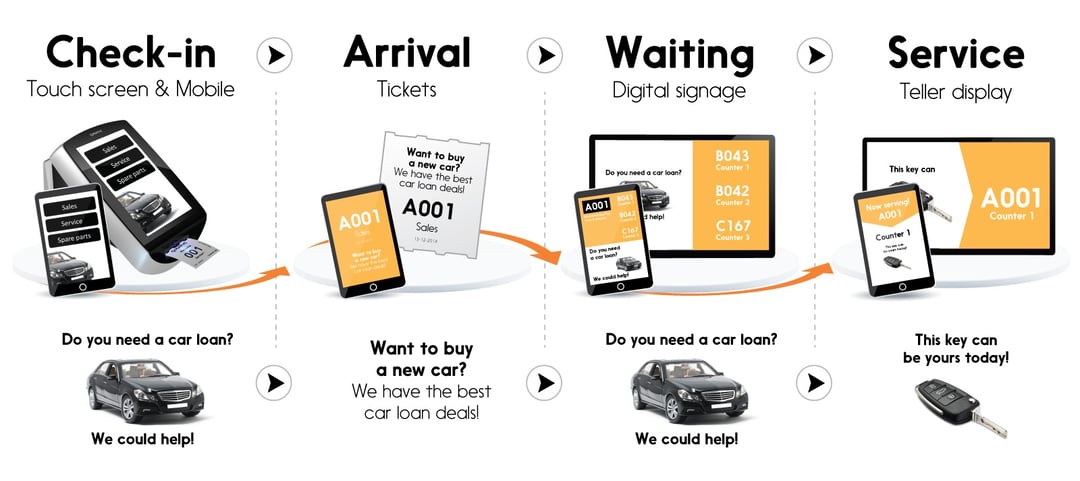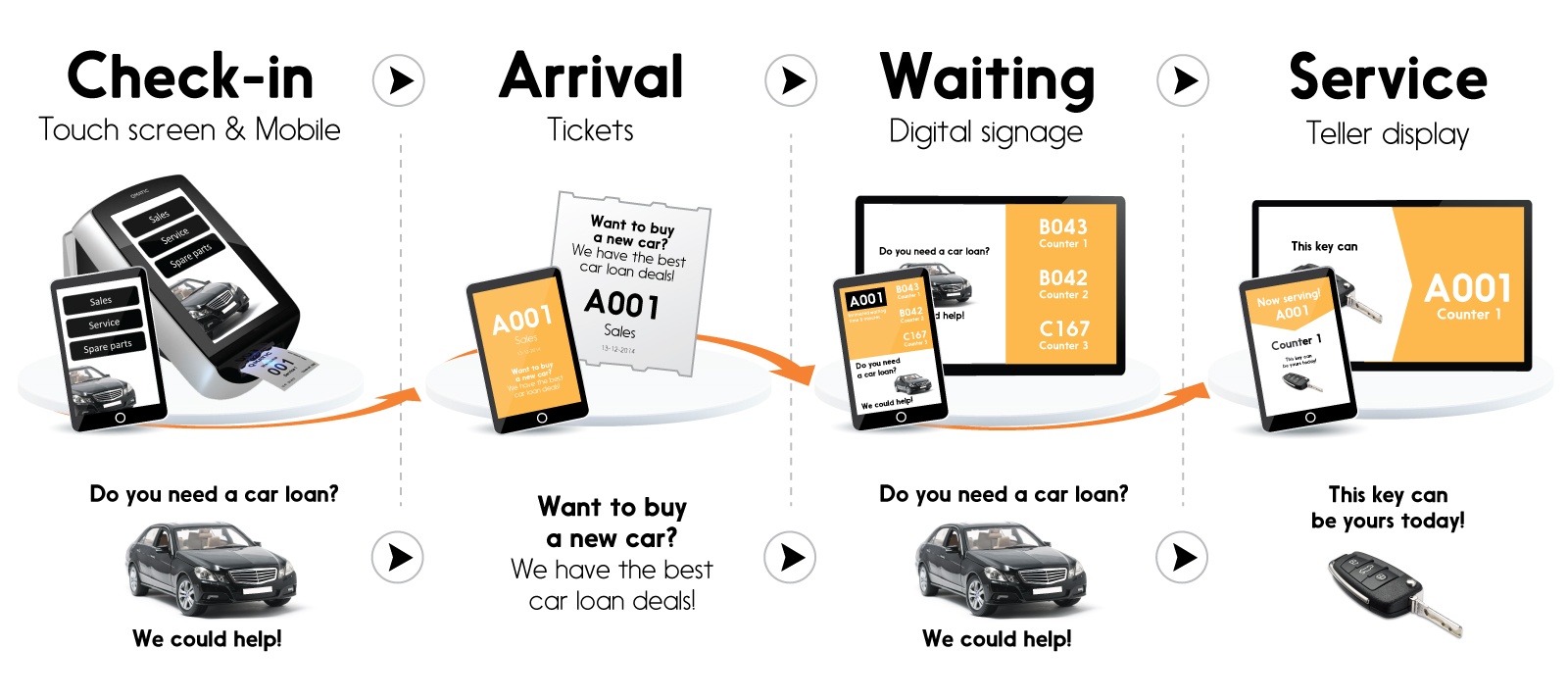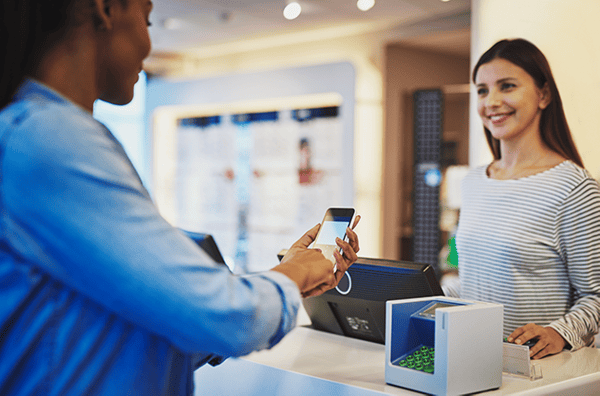- Blog Overview
- Knowledge
- How to Increase Sales With 80% With Smarter Context Marketing and Digital Signage

How to Increase Sales With 80% With Smarter Context Marketing and Digital Signage
Sven-Olof Husmark |August 18 2014 | 6 min
A popular solution to deliver messages to customers interacting in a physical environment is Digital Signage. Digital signage is used in department stores, schools, libraries, office buildings, medical facilities, airports, train and bus stations, banks, auto dealerships and other public venues.
Typical Digital Signage systems focus on delivering messages to lots of customers in lots of premises. These are horizontal systems allowing an organisation to centrally control screens in multiple premises allowing a message, or multiple sequential messages, to be delivered in each premise under central control.
Digital Signage and the Customer Journey
By looking at digital signage from a Customer Journey perspective it is easy to understand that the customer can typically encounter a number of screens each of which will try and talk to them. They will also encounter signs and other messaging “surfaces”. These surfaces include dedicated Digital Signage displays but also interactive kiosk-like units to take details of their visit and displays or signs used to guide them.
Treating these surfaces as not different things, with no association, but as similar coordinated surfaces can potentially revolutionize both how messages are conveyed and the efficiency and effectiveness of the Customer Journey.

Customer Journey communication with vertical messaging through multiple channels providing meaningful and relevant content to the customer
Having lots of messaging surfaces working separately within each branch makes no sense. So while traditional Digital Signage companies focus on the horizontal challenge of delivering a message to multiple branches the real opportunity being missed is to deliver one coordinated message split into phrases and delivered across many surfaces within one branch. This is where the term “Vertical Messaging” for using the many surfaces in one branch within the same customer journey to build up a complete message is relevant.
Vertical Messaging
In Vertical Messaging the larger important message is split into parts or phrases and those parts are conveyed in steps to the customer. The approach is not as in-your-face as say traditional advertising because there is no need to complete the message within the limited time and space of a single video screen or single video clip. In fact the customer is allowed room to assimilate the different phrases before moving on to the next one. This truly values the time the customer spends on the premises making best use of the whole visit. Vertical messaging echoes the best examples of good conversation or perhaps a brilliant presentation. It structures the message for maximum effectiveness not to suit an arbitrarily defined space such as a poster or a 30 second spot on a screen.
The compelling reason to view
What makes the use of Vertical Messages so powerful in the context of a customer visiting your premises is the compelling reason to view. While the customer is being guided around the premises they rely on the surfaces to instruct them on how to proceed. They have to follow the information on the various surfaces so that means they have to view and to pay attention to what is on those surfaces. This is where companies can really benefit from the physical presence in the form of a store or branch or building of any kind and where you can get real capital from customer’s attendance. Not only does the customer get a more relaxed presentation of the message but their attention is held despite the relative length of the process – a remarkable and powerful combination.
These are some tangible results we have seen when combining vertical messages and customer journey information on different surfaces:
- The screen “stickiness” increase – up to 10 times more view time on messages
- Increases sales of merchandise with between 50-80% depending on store and type of merhandise.
- Number of customers seeing the information displays increased from 34% to 54%.
- 66% of the customers said that they percieved the waiting time as shorter.
Mastering the Customer Journey is a significant step in the development of any customer-facing business. There is great potential to go further than this however by tailoring the journey to each customer. By doing this a host of advantages is gained, not only for the service provider but also for the customer who will enjoy an improved customer experience.








